Blog
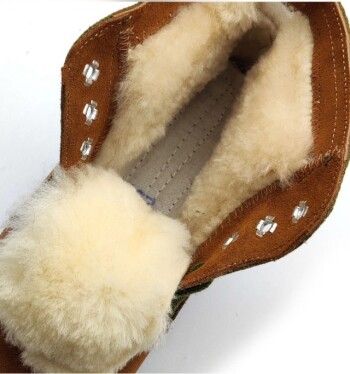
Beyond the Label: How to Match Snow Boot Ratings to Real-World Winter Conditions
8 hours agoLearn how to match snow boot temperature ratings to real winter conditions, including wind chill, moisture, and activity adjustments.
Learn More

Why Your Tactical Boots Fail in Wet Conditions (And It’s Not What You Think)
1 day agoDiscover the hidden engineering flaw in tactical boot drainage that leads to failure. Learn how a modern manufacturing approach solves this critical issue.
Learn More

Winter Boots vs. Snow Boots: How to Choose the Right Footwear for Your Climate
1 day agoLearn the key differences between winter boots and snow boots, including insulation, waterproofing, and traction for various climates and activities.
Learn More
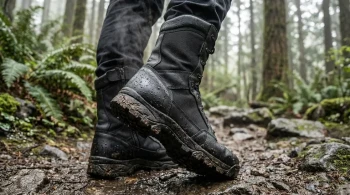
Why Most Tactical Boots Fail: It’s Not the Durability, It’s the System
1 day agoDiscover why focusing on single features like durability leads to tactical boot failure. Learn about the 3-pillar system that ensures true field reliability.
Learn More
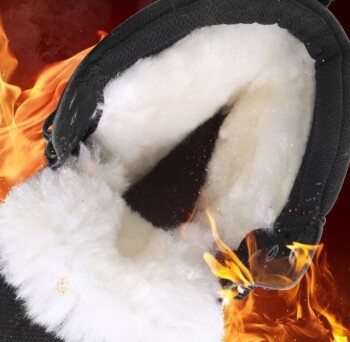
How to Choose Between Snow Boots and Winter Boots for Any Scenario
2 days agoLearn how to choose between snow boots and winter boots based on waterproofing, traction, and lifestyle needs for optimal winter safety and comfort.
Learn More

Why Your ‘Best’ Tactical Boots Are Failing Your Team—And How to Fix Your Footwear Strategy
3 days agoDiscover why top-spec waterproof boots can cause mission failure and how an environment-first procurement strategy ensures team safety and effectiveness.
Learn More
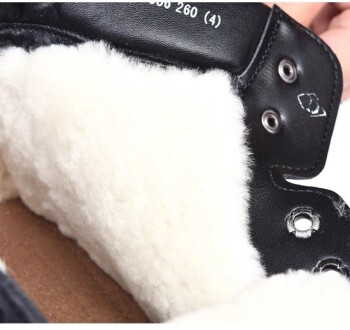
How to Choose Snow Boot Insulation for Your Climate and Activities
3 days agoLearn how to choose snow boot insulation based on climate and activities, from Arctic-grade materials to urban lightweight solutions.
Learn More

How to Extend Combat Boot Lifespan in Extreme Conditions: 4 Advanced Tactics
4 days agoLearn More
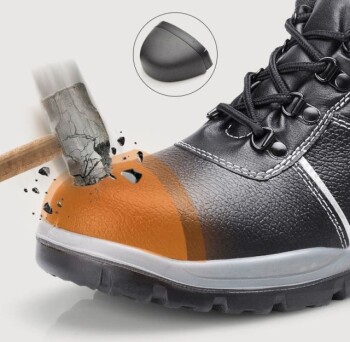
Steel Toe Boots Decoded: When Maximum Workplace Protection Matters Most
4 days agoSteel toe boots offer superior impact & compression protection for high-risk industrial environments. Learn when steel outperforms composite materials.
Learn More
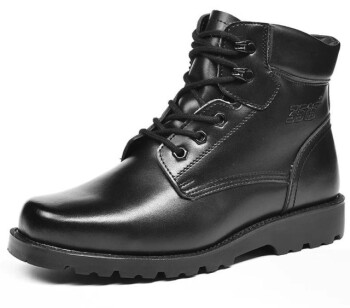
How to Extend Work Boot Lifespan: Key Factors and Maintenance Strategies
5 days agoLearn how to extend work boot lifespan with material insights, maintenance tips, and wear indicators for safety and cost savings.
Learn More
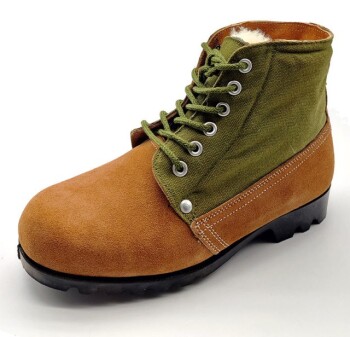
How Lace-Up Work Boots Solve Workplace Safety Challenges
6 days agoDiscover how lace-up work boots enhance workplace safety with ergonomic support, advanced outsoles, and industry-specific protection features.
Learn More
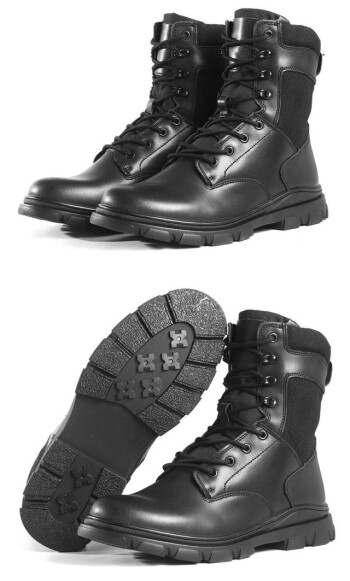
How Weatherproof Work Boots Prevent Cold- and Wet-Weather Health Hazards in High-Risk Jobs
1 week agoWeatherproof work boots prevent cold- and wet-weather hazards with waterproofing, insulation, and slip-resistant tech for high-risk jobs.
Learn More

How to Choose Warehouse Shoes That Combat Workplace Hazards Without Sacrificing Comfort
1 week agoLearn how to choose OSHA-compliant warehouse shoes that prevent slips, impacts, and static hazards while ensuring all-day comfort for workers.
Learn More
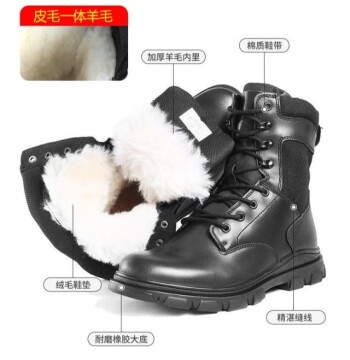
How to Choose Winter Boots That Actually Work for Your Needs
1 week agoLearn how to choose winter boots for warmth, traction & durability based on climate & activities. Expert tips for urban, backcountry & family use.
Learn More

How to Match Work Boot Features to Your Job's Hidden Hazards
1 week agoMatch work boots to job hazards—electrical, slip, or puncture risks—with ASTM-rated safety features and ergonomic designs for all-day comfort.
Learn More
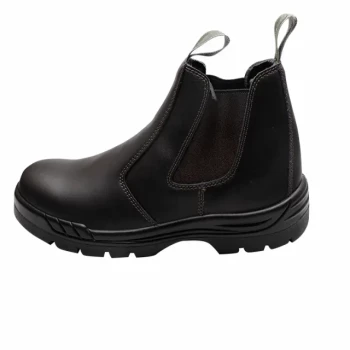
How Work Boots Engineer Fatigue Resistance: Biomechanics, Materials, and Real-World Impact
1 week agoDiscover how fatigue-resistant work boots combat physical strain with biomechanics and advanced materials like EVA, polyurethane, and TPU.
Learn More

How Puncture-Resistant Footwear Protects Workers and Boosts Productivity
1 week agoDiscover how puncture-resistant footwear prevents workplace injuries, boosts productivity, and meets ASTM standards for high-risk industries.
Learn More
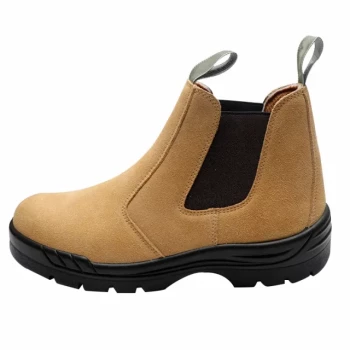
How Chelsea Work Boots Redefine Workplace Safety Without Sacrificing Comfort
1 week agoDiscover how Chelsea work boots combine XRD® shock absorption and SPS MAX comfort for all-day safety without fatigue. ASTM-certified protection.
Learn More
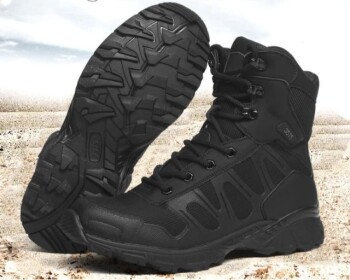
How to Choose Waterproof Boots That Actually Work for Your Needs
2 weeks agoLearn how to choose waterproof boots for hiking, work, or winter with the right tech, features, and care tips for dry, comfortable feet.
Learn More
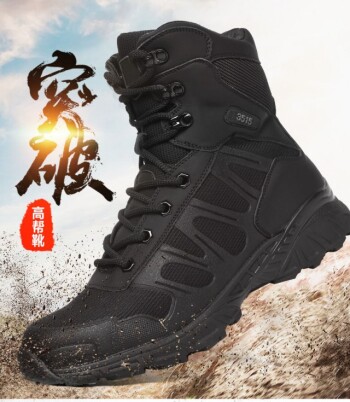
How Slip-Resistant Tactical Boots Prevent Workplace Injuries: Science and Standards Explained
2 weeks agoDiscover how slip-resistant tactical boots prevent workplace injuries with advanced tread patterns, material science, and rigorous testing standards.
Learn More
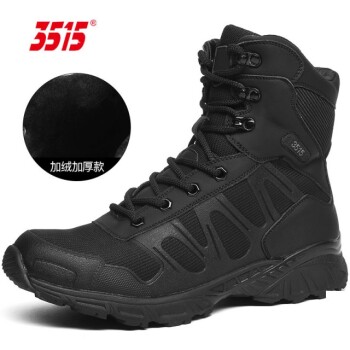
How Tactical Boot Traction Works: Matching Tread Science to Your Terrain
2 weeks agoLearn how tactical boot traction works, from tread science to terrain-specific designs, ensuring optimal grip in any environment.
Learn More

How to Upgrade Hunter Boots for Snow: Insulation & Traction Solutions
2 weeks agoLearn how to upgrade Hunter boots for winter with insulation and traction solutions to stay warm and safe in snow and ice.
Learn More
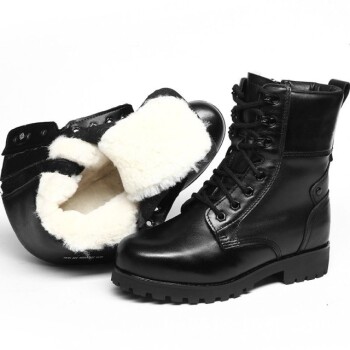
How Men's Snow Boots Are Engineered for Peak Winter Performance
2 weeks agoDiscover how men's snow boots are engineered with advanced traction, insulation, and waterproofing for peak winter performance in any condition.
Learn More

How Waterproof Snow Boots Engineer Safety: The Science Behind Moisture Barriers and Health Protection
2 weeks agoDiscover how waterproof snow boots prevent frostbite, infections, and hypothermia with advanced moisture barriers and thermal insulation.
Learn More

How to Choose Men’s Snow Boots for Your Winter Adventures
2 weeks agoLearn how to choose men's snow boots for winter activities—match insulation, traction, and fit to your needs for warmth and performance.
Learn More
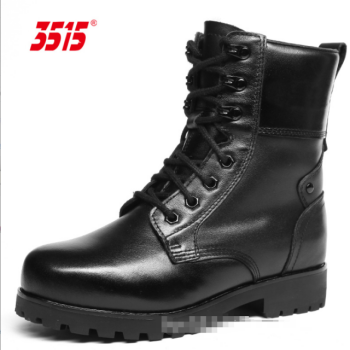
How Snow Boot Outsoles Are Engineered for Winter Safety and Durability
3 weeks agoDiscover how snow boot outsoles are engineered for winter safety with specialized rubber compounds and tread patterns for ultimate traction and durability.
Learn More
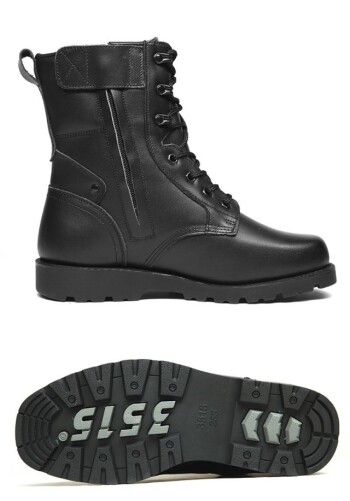
How Snow Boot Outsoles Are Engineered to Conquer Diverse Winter Terrains
3 weeks agoDiscover how snow boot outsoles are engineered for winter traction, from material science to tread patterns for ice and snow.
Learn More
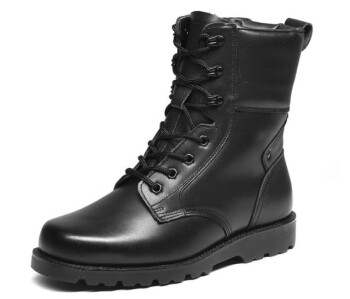
How to Optimize Wellies for Snow: A Practical Guide to Warmth and Traction
3 weeks agoLearn how to optimize wellies for snow with tips on insulation, traction, and when to switch to snow boots for extreme cold.
Learn More
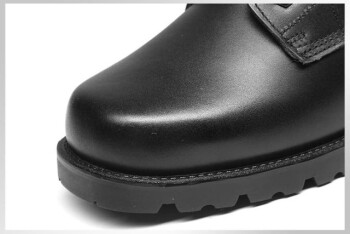
How to Choose Snow Boot Materials for Performance and Sustainability
3 weeks agoLearn how to choose durable, insulated, and eco-friendly snow boot materials for backcountry, urban, or extreme cold conditions.
Learn More
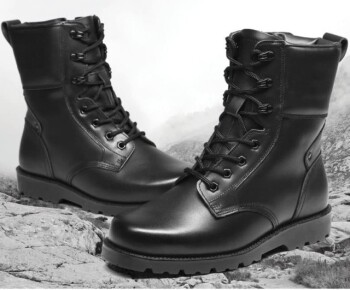
How to Choose the Right Snow Boots for Your Climate and Activities
3 weeks agoLearn how to choose snow boots for your climate and activities—insulation, waterproofing, and activity-based tips for warmth and safety.
Learn More